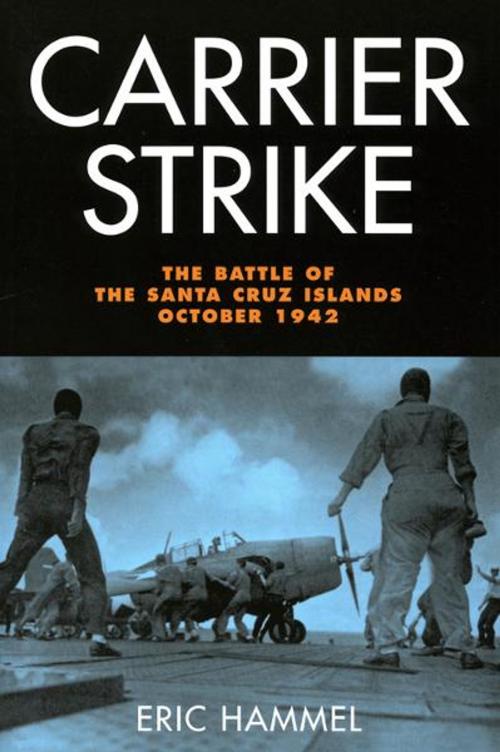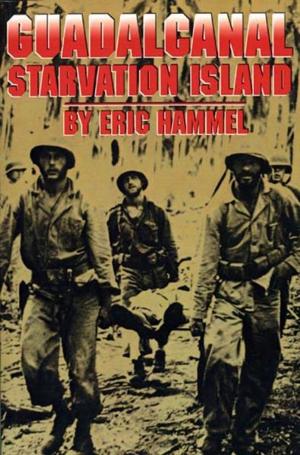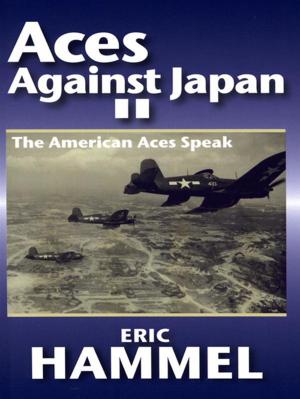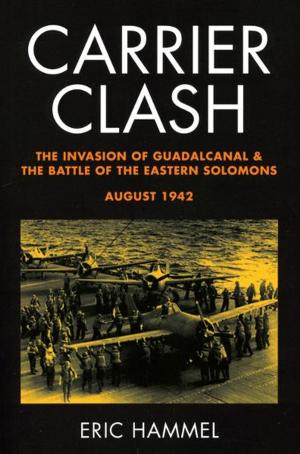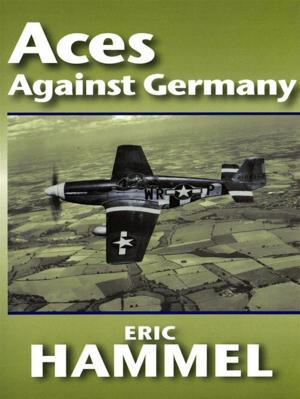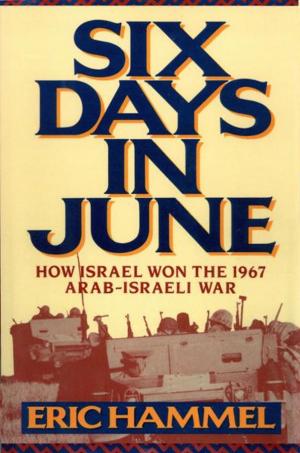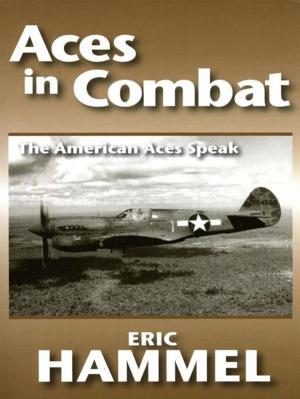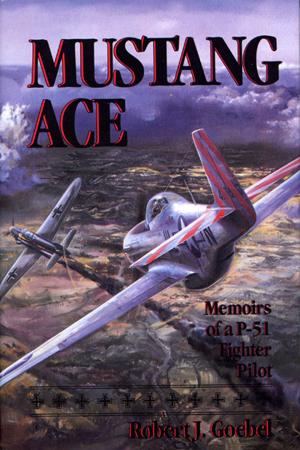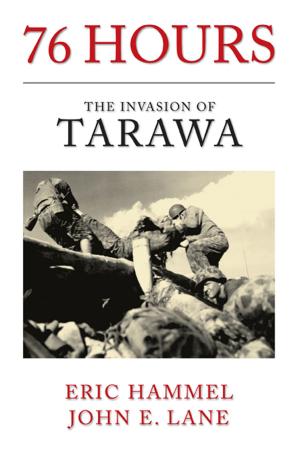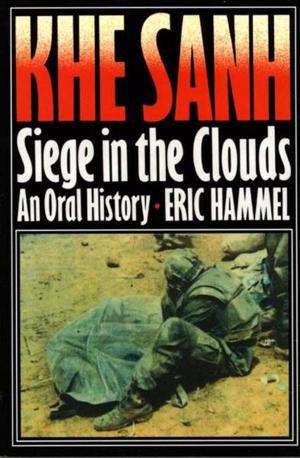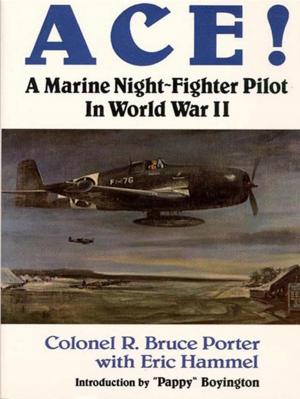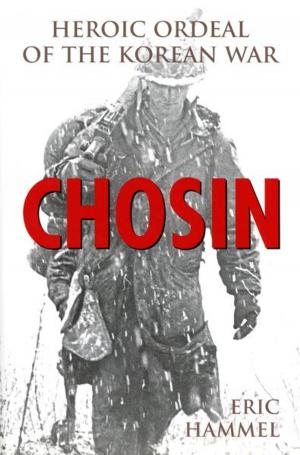| Author: | Eric Hammel | ISBN: | 9781890988135 |
| Publisher: | Words To Go, Inc. | Publication: | October 24, 2011 |
| Imprint: | Pacifica Military History | Language: | English |
| Author: | Eric Hammel |
| ISBN: | 9781890988135 |
| Publisher: | Words To Go, Inc. |
| Publication: | October 24, 2011 |
| Imprint: | Pacifica Military History |
| Language: | English |
CARRIER STRIKEThe Battle of the Santa Cruz IslandsOctober 1942By Eric HammelThe Battle of the Santa Cruz Islands, a strategic naval action in the bitter Guadalcanal Campaign, was historys fourth carrier-versus-carrier naval battle. Though technically a Japanese victory, the battle proved to be the Empire of Japans last serious attempt to win the Pacific War by means of an all-out carrier confrontation. Only one other carrier battle occurred in the Pacific War, in June 1944, in the Philippine Sea. By then, however, the U.S. Navys Fast Carrier Task Force was operational, and Japans dwindling fleet of carriers was outnumbered and completely outclassed. Though hundreds of Japanese naval aviators perished in the great Marianas Turkey Shoot of June 1920, 1944, it was during the first four carrier battlesin the six-month period from early May through late October 1942that the fate of Japans small, elite naval air arm was sealed. It was at Coral Sea, in May, that Japans juggernaut across the Pacific was blunted. It was at Midway, in June, that Japans great carrier fleet was cut down to manageable size. And it was at Eastern Solomons, in August, and Santa Cruz, in October, that Japans last best carrier air groups were ground to dust. After their technical victory at Santa Cruz, the Japanese withdrew their carriers from the South Pacificand were never able to use them again as a strategically decisive weapon. Of the four Japanese aircraft carriers that participated in the Santa Cruz battle, only one survived the war. Following Santa Cruz and the subsequent series of air and surface engagements known as the Naval Battle of Guadalcanal, the Imperial Navys Combined Fleet never again attempted a meaningful strategic showdown with the U.S. Pacific Fleet. Though several subsequent surface actions in the Solomons were clearly Japanese victories, their results were short-lived. After November 1942, Japan could not again muster the staying poweror the willpowerto wage a strategic war with her navy. Once the veteran carrier air groups had been shredded at Eastern Solomons and Santa Cruz, Japanese carriers ceased to be a strategic weapon. The Santa Cruz clash was deemed a Japanese victory because U.S. naval forces withdrew from the battlefield. That is how victory and defeat are strictly determined. But on the broader, strategic, level, the U.S. Navy won at Santa Cruzbecause it was able to achieve its strategic goal of holding the line and buying time. Japan was unable to achieve her strategic goal of defeating the U.S. Pacific Fleet in a final, decisive, all-or-nothing battle. The technical victory cost Japan any serious hope she had of winning the Pacific naval war. The victory at Santa Cruz cost Japan her last best hope to win the war in the Pacific. Once again, author-historian Eric Hammel brings to the reading public an exciting narrative filled with the latest information and written in the edge-of-the-seat style that his readers have enjoyed for nearly two decades, in nearly thirty acclaimed military history books. As was the case with its companion volume, Carrier Clash, this new book is based upon American and Japanese battle reports and the recollections of many airmen and seamen who took part.
CARRIER STRIKEThe Battle of the Santa Cruz IslandsOctober 1942By Eric HammelThe Battle of the Santa Cruz Islands, a strategic naval action in the bitter Guadalcanal Campaign, was historys fourth carrier-versus-carrier naval battle. Though technically a Japanese victory, the battle proved to be the Empire of Japans last serious attempt to win the Pacific War by means of an all-out carrier confrontation. Only one other carrier battle occurred in the Pacific War, in June 1944, in the Philippine Sea. By then, however, the U.S. Navys Fast Carrier Task Force was operational, and Japans dwindling fleet of carriers was outnumbered and completely outclassed. Though hundreds of Japanese naval aviators perished in the great Marianas Turkey Shoot of June 1920, 1944, it was during the first four carrier battlesin the six-month period from early May through late October 1942that the fate of Japans small, elite naval air arm was sealed. It was at Coral Sea, in May, that Japans juggernaut across the Pacific was blunted. It was at Midway, in June, that Japans great carrier fleet was cut down to manageable size. And it was at Eastern Solomons, in August, and Santa Cruz, in October, that Japans last best carrier air groups were ground to dust. After their technical victory at Santa Cruz, the Japanese withdrew their carriers from the South Pacificand were never able to use them again as a strategically decisive weapon. Of the four Japanese aircraft carriers that participated in the Santa Cruz battle, only one survived the war. Following Santa Cruz and the subsequent series of air and surface engagements known as the Naval Battle of Guadalcanal, the Imperial Navys Combined Fleet never again attempted a meaningful strategic showdown with the U.S. Pacific Fleet. Though several subsequent surface actions in the Solomons were clearly Japanese victories, their results were short-lived. After November 1942, Japan could not again muster the staying poweror the willpowerto wage a strategic war with her navy. Once the veteran carrier air groups had been shredded at Eastern Solomons and Santa Cruz, Japanese carriers ceased to be a strategic weapon. The Santa Cruz clash was deemed a Japanese victory because U.S. naval forces withdrew from the battlefield. That is how victory and defeat are strictly determined. But on the broader, strategic, level, the U.S. Navy won at Santa Cruzbecause it was able to achieve its strategic goal of holding the line and buying time. Japan was unable to achieve her strategic goal of defeating the U.S. Pacific Fleet in a final, decisive, all-or-nothing battle. The technical victory cost Japan any serious hope she had of winning the Pacific naval war. The victory at Santa Cruz cost Japan her last best hope to win the war in the Pacific. Once again, author-historian Eric Hammel brings to the reading public an exciting narrative filled with the latest information and written in the edge-of-the-seat style that his readers have enjoyed for nearly two decades, in nearly thirty acclaimed military history books. As was the case with its companion volume, Carrier Clash, this new book is based upon American and Japanese battle reports and the recollections of many airmen and seamen who took part.
